Have you ever wondered how much it actually costs to print something with a 3D printer? I know I did, even before I considered getting into the hobby. There are a lot of factors that go into the cost of a print outside the cost of the printer itself.
For this article, I’m going to assume you already know how much a 3D printer costs, or already have one, and focus on the cost of the filament and power. In addition, everything I’m covering in this article assumes you are using PLA filament. If you would like me to make a similar article on other filament types let me know in the comments.
Filament
As we all know, there are many types/brands of filament on the market. I’m going to do all my calculations assuming you are using HATCHBOX PLA, available on Amazon, filament which is good for everyday usage. You can always choose a cheaper filament to save some money but you may end up sacrificing quality. You can also look at some of the specialty filament that both those can get expensive and would most likely only be used on special prints.
Really the filament you use should be the one you are comfortable with and can source for a good price. Personally, I buy mine on Amazon because the cost of gas/time to get to source it locally is more than buying it online. My goal here is to give you a good estimate on how much it will cost to print something, not what filament is the best so I’m not going to try to compare different types of filament in this article.
At the time of this writing, the HATCHBOX filament is selling for $19.99, or $21.59 after-tax, for a 1 KG spool. That puts the cost at $0.02159 per gram. Let’s take that and break it down to the cost per gram to be used in later calculations.
Formula (Cost / Grams = Cost per gram)
| Cost | Weight in Grams | Total Cost per Gram |
| $21.59 | 1000 | $0.02159 |
*Note: 1 KG = 1,000 G
Power
Power Consumption
This is where I spent most of the research time I put into this article. I plugged my ADIMLab Gantry Pro 3D printer into a Kill A Watt, both links to what I purchased on Amazon, usage meter and kicked off a print that lasted about two hours. I ran the extruder and bed hotter than needed (225c and 65c respectively) to provide you an estimate that would be on the high end of any PLA print.
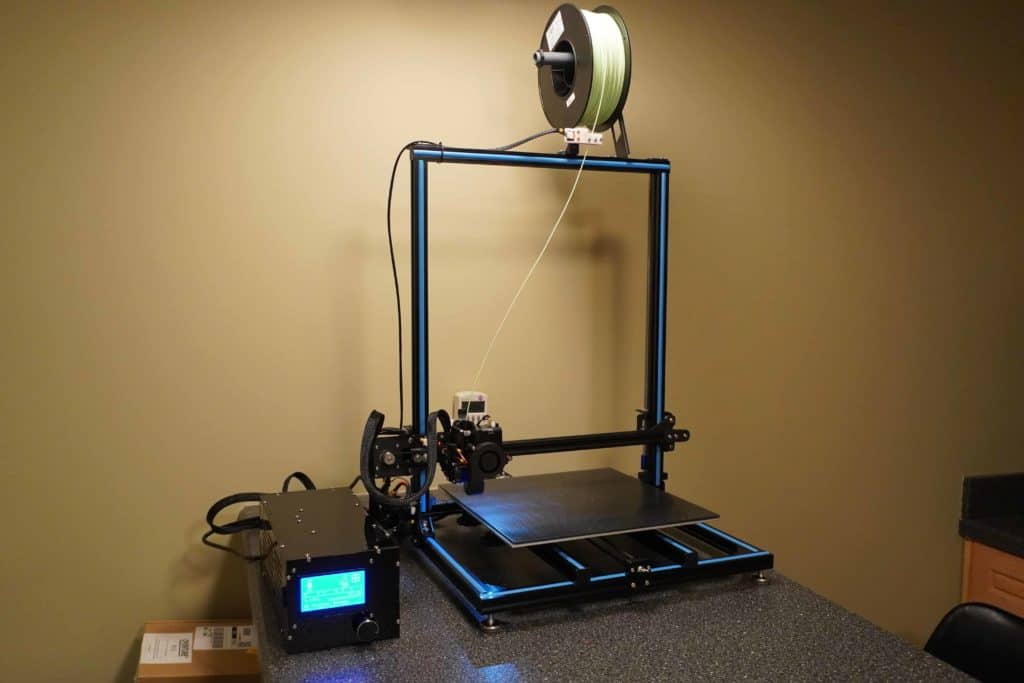
I’m not trying to sugar coat/manipulate anything by running the printer with temperatures at the low end of the recommendation scale because it’s not practical on most printers.
Also, my printer is a little on the larger side with a print surface of 310x310x410mm. If you have a smaller printer the bed will use less power to stay at the desired temperature. I have been running my extruder at 205c and bed at 55c for PLA.
I recorded the Kill A Watt (link to Amazon) meter during the print using a time-lapse camera set to record at 5-second intervals (video here) and took the data points for the first hour of the print. One thing to note here is that I started using the data at the point that the preheat actually started. There are approximately 10 readings at the beginning of the recording that showed very low usage, this was from before the print started and was not used.
In the end, I ended up using 720 data points that were five seconds apart, which equates to 1-hour worth of printing. The average power consumption of the printer during this time was 189.52 Watts, we will use that for all our calculations going forward. The data used to provide this average took me over an hour to manually compile as I had to review every frame recorded during the hour, an image of the data used is below.
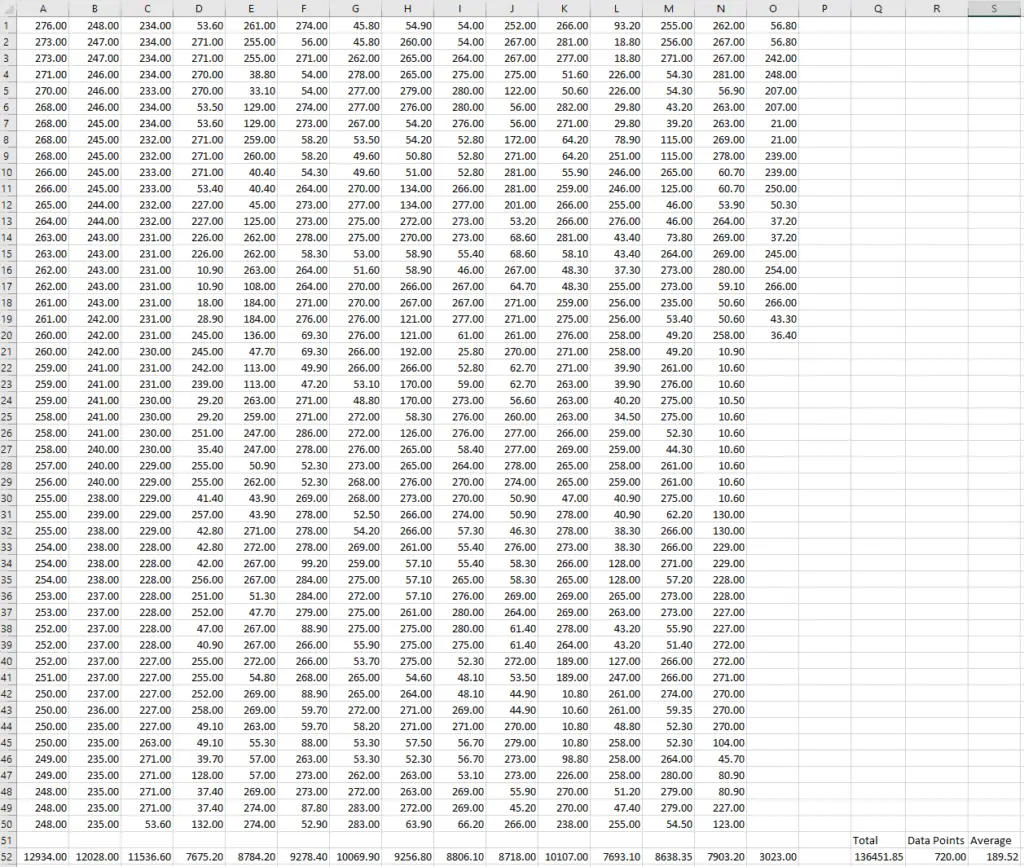
Power Cost
According to Choose Energy, the average cost per kilowatt-hour is 13.30 cents but I want to give you real numbers here not just an average so I choose to base this calculation on my power cost. My actual cost per kilowatt-hour is 12.24 cents, see below for calculation, so I’m going to use that.
Formula
- Total bill / KWH = Actual cost per KWH
or
- 113.61 / 928 = 0.1224
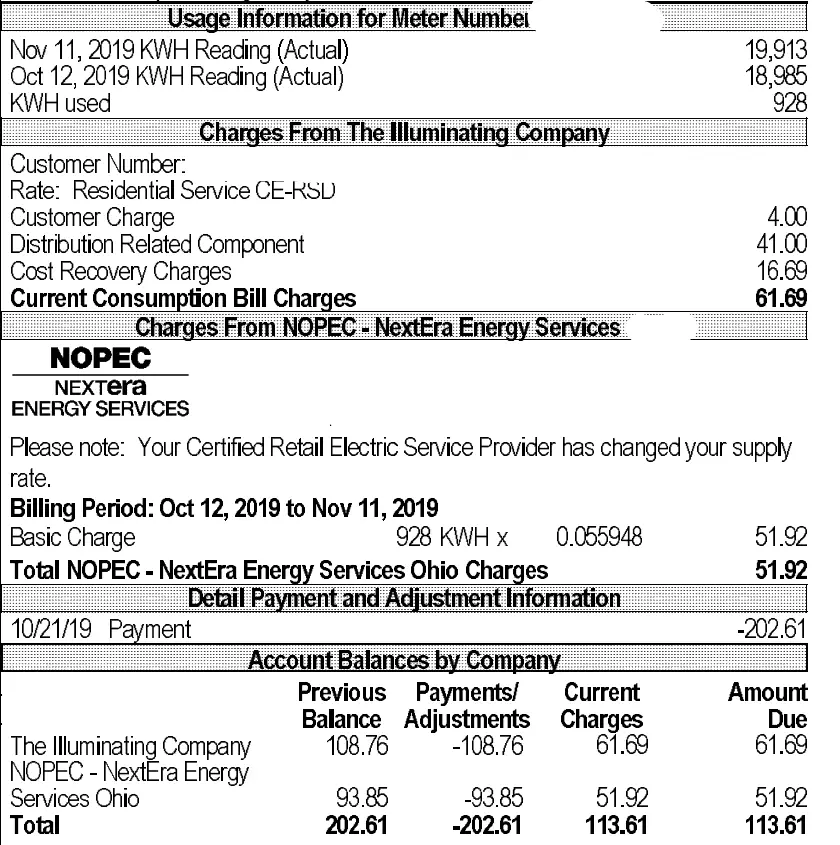
Cost to Print
Now that we have the average power consumption and cost, we can calculate how much it costs to run the printer for a given period of time, see below.
Formula
- Watts / 1000 = kW
- kW * Hours = KWH
- KWH * Cost Per KWH = Total Cost
Or
- 189.52 / 1000 = 0.18952
- 0.18952 * 1 = 0.18952
- 0.18952 * 0.1224 = 0.023197248 or $0.023 per hour
Average Cost
- Per min: $0.00038
- Per Hour: $0.023
- Per 10 Hours: $0.23
- Per Day: $0.56
So, as you can see the actual power cost isn’t that high which kind of surprised me but hey ill take it.
Other Costs
There are other smaller costs such as the cost of replacement extruder tips, bed adhesives, and general wear and tear on the printer that I didn’t account for in this article because there are so many variations and preferences. I recognize that these are real costs and provided a couple of examples below but when you are looking at things on a per print basis, I don’t think it really impacts the cost much. Please leave a comment if you disagree, I would be happy to have a conversation on the topic.
Extruder Tips
The price of extruder tips can range significantly depending on quality, size, and where you buy them from. Amazon has the best selection and the prices are very reasonable.
- Average cost for 10 pk: $7-10
Bed Adhesives
I will be writing an article on this bed adhesives in the coming months and will link it here but in the meantime, I will give you a couple of examples and the cost.
- Hair Spray: $3-10
- Glue Sticks: $1-5
- Specialty 3D Printing Adhesives: $15-25
Keep in mind there are many options here, I just listed these to give you a cost example.
5 Examples with Cost
Now that we know how much cost of the power and filament is, we can go over some real examples. Examples are provided from Thingiverse. The estimates on print time and filament used were pulled from Simplify3D and based on a layer height of 0.2mm. Changing the layer height and infill settings will affect the print time and in turn the electricity cost.
The Jolly 3D
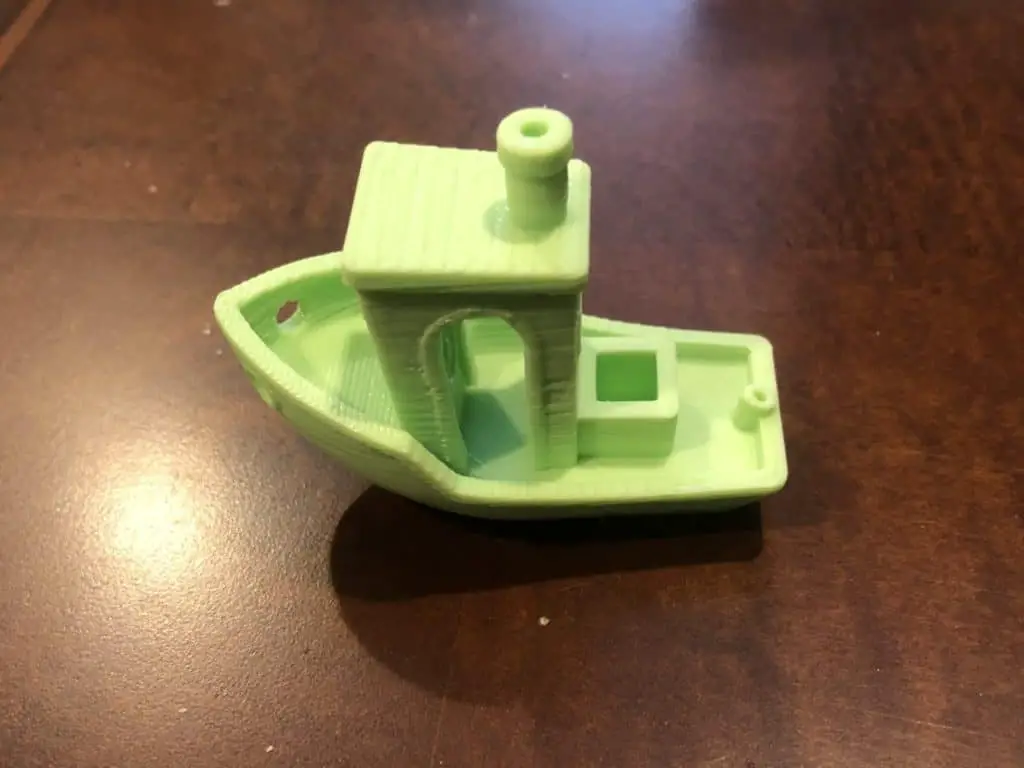
- Estimated Print Time: 1 Hr 17 Min
- Estimated Filament Used: 15 grams
- Infill Used: 40%
Cost
- Energy: $0.03
- Filament: $0.32
- Total: $0.35
Eiffel Tower

- Estimated Print Time: 1 Hr 41 Min
- Estimated Filament Used: 10 grams
- Infill Used: 40%
Cost
- Energy: $0.04
- Filament: $0.22
- Total: $0.25
USB and SD Card Holder
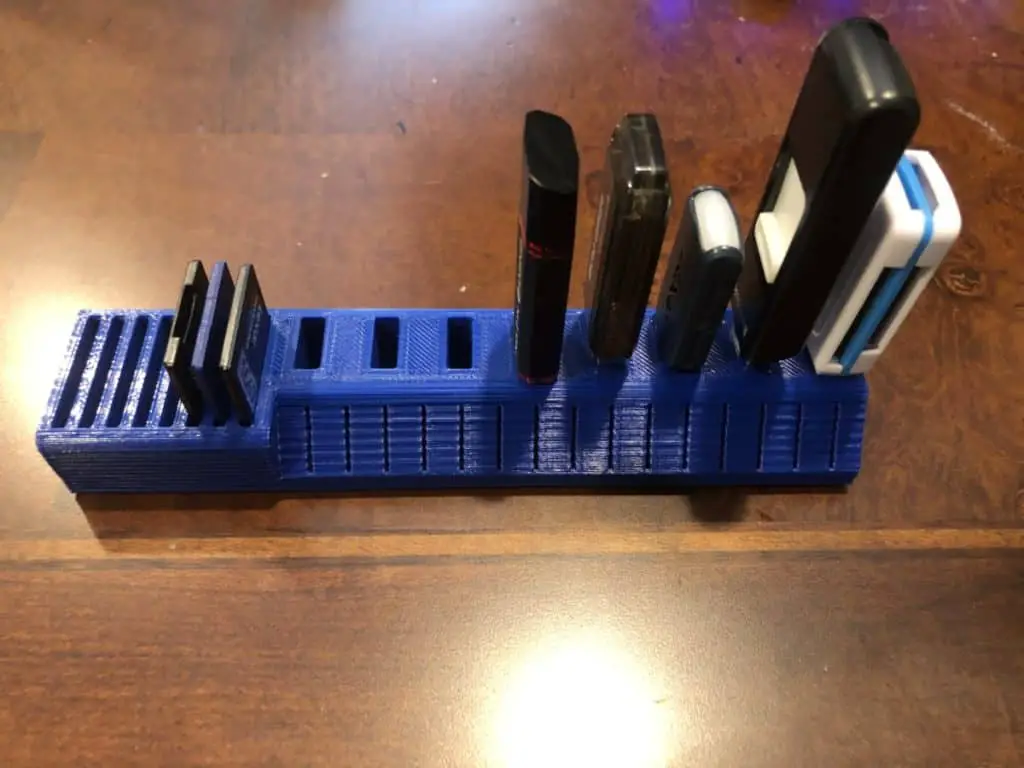
- Estimated Print Time: 4 Hrs 51 Min
- Estimated Filament Used: 62 grams
- Infill Used: 50%
Cost
- Energy: $0.11
- Filament: $1.34
- Total: $1.45
Headphone Stand
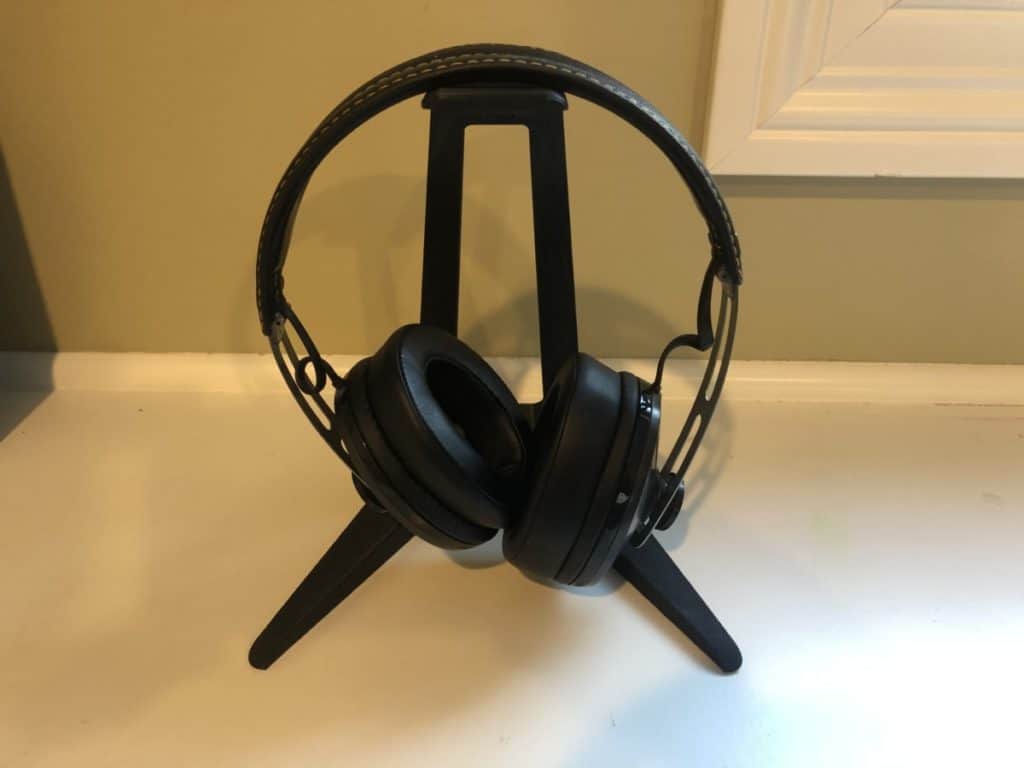
- Estimated Print Time: 17 hrs 50 min
- Estimated Filament Used: 139 grams
- Infill Used: 40%
Cost
- Energy: $0.41
- Filament: $3.00
- Total: $3.41
Battery Holder
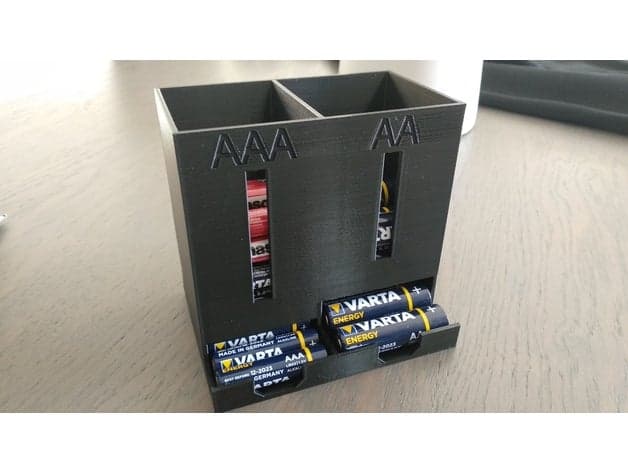
- Estimated Print Time: 8 Hrs 4 Min
- Estimated Filament Used: 101 grams
- Infill Used: 40%
Cost
- Energy: $0.18
- Filament: $2.18
- Total: $2.36
One thing to point out is the print times and filament usage in the examples above are estimates. While Simplify3D does a decent job with these calculations they can vary, especially on the print time. I will be proving time-laps videos of my prints and actual numbers on my YouTube channel and an overview of the prints here.
If you liked this article please leave a comment below and share this article. I would also love to hear what other topics you would be interested in me researching and writing about.
